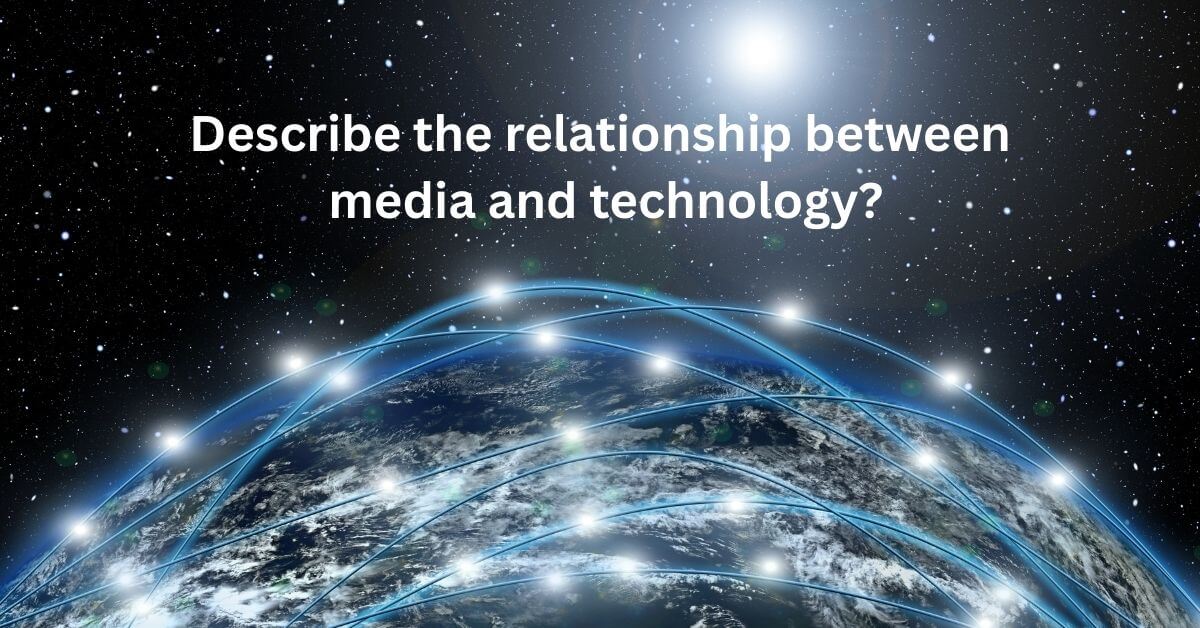Ans: Technology governs advancement in the media domain and every technological shift has proven this. In the ever evolving world of technology, our ways of producing, consuming, and distributing media are not static. Rather, they are dependent on where the progress in technology stands currently and also demands in the media sector push for new technologies.
Let’s try to understand relationship between media and technology through some points:
Use in Production:
The media sector utilizes a lot of technology at the initial stage, that is production. Here are a few good examples that endorse this point –
Tools in use:
- A lot of technical tools are commonly used in media production such as digital cameras, smartphones, video editing softwares, printing tools, etc.
- Use of Artificial Intelligence: In the media sector, AI is mainly utilized in image/ video generation, quality enhancement, cloning of voice, etc.
- Collaborative platforms: Technology also enables collaboration among various media houses and creators through platforms such as cloud storage, version control systems, and remote editing tools.
Assists in Distribution:
Technical advancement has always helped in the distribution of media. From newspapers to modern video-streaming platforms, technology has always provided media with the means of distribution.
- The more progress the technical sector makes, the faster and more accessible these methods of distribution become.
- Technical infrastructure is developed and deployed at a large scale for media distribution. Some of these include fibre optic cables, 4G/5G technologies, and streaming platforms such as YouTube, Instagram, TikTok, Spotify, and OTTs.
Also, specially designed algorithms take care of the consumers and ensure that content that is relevant to the viewers is recommended to them.
At the Consumer End:
If we think about it for a moment, technology has a vital role to play at the consumer end. You are reading this answer, because your computer/ smartphone screen is providing it to you.
With a lot of media houses and vendors shifting towards targeted marketing, personalization has become common on many platforms and users are shown content according to their preferences.
Interactivity is one of the most overlooked factors when we talk about the relationship between media and technology. Live sessions, comments, polls, etc are some of the popular ways of how the consumer base interacts with the media and the contribution of interactivity in growing media consumers cannot go unnoticed.
